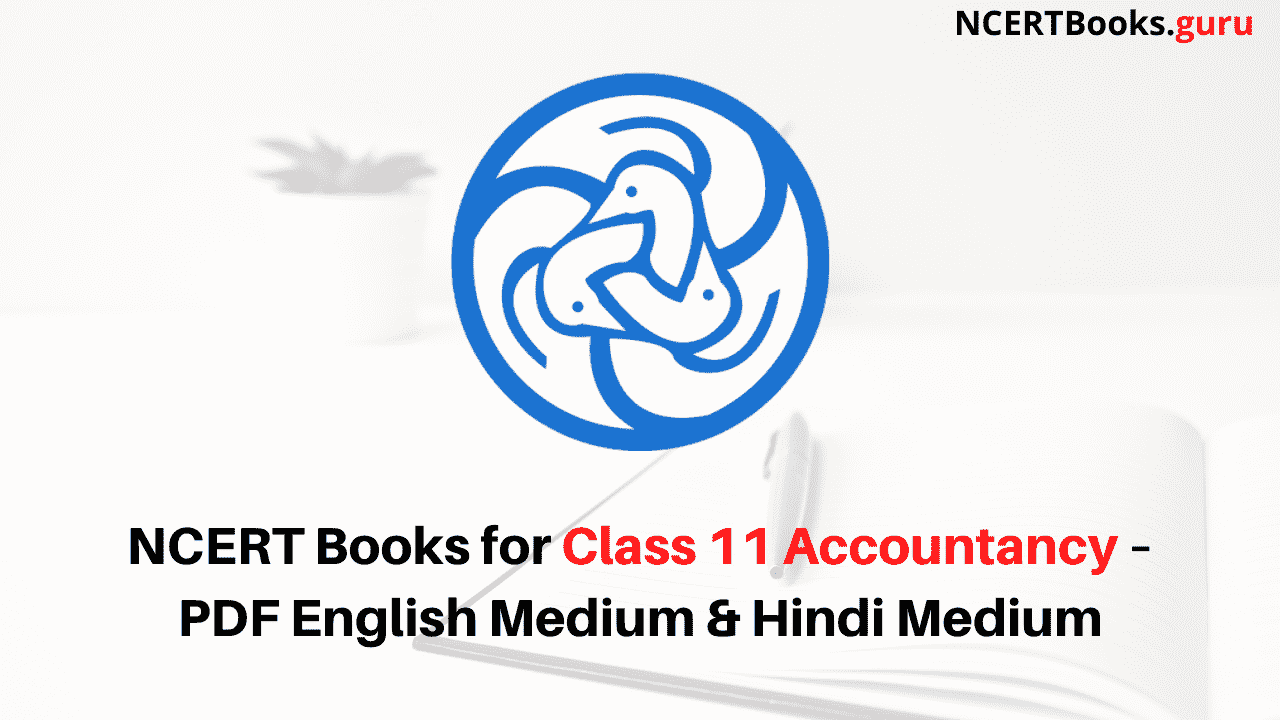LCM of Two or More Numbers Calculator: Finding LCM of two or more numbers is a little tough for big numbers to make it simple just use our free LCM calculator. Give your inputs and press on the ‘Calculate LCM’ button to get the Least common multiple of certain numbers.
This Online Least Common Multiple LCM of Numbers Calculator is pretty simple to use and handy for all students to find the LCM of N numbers easily.
What is the LCM of Numbers?
Least Common Multiple is the smallest number of all common multiples. We can also determine it as:
The LCM of two or more integers like a,b,c is the least number that is evenly divisible by all numbers in the set.
For example, here we are taking the three integers i.e., a=10, b=15, c=20, the least common multiple of 10, 15, and 20 is 60.
Free & Handy Least Common Multiple Calculator for N numbers
LCM of Numbers is nothing but finding the least common multiple for a set of numbers like two, or more. If your inputs are more than two then this LCM Calculator will help you to calculate the Least multiple of those numbers within seconds and give you results with a detailed step by step explanation for your knowledge. Our handy LCM of numbers calculator is quite simple and user-friendly to use so any age of the students can quickly understand how it works.
All you need to do to find LCM for two or more numbers is just place the inputs by separating with commas like 100, 5000, 7500 and then click on Calculate LCM button. That’s it! The solution will be displayed on the screen with a neat explanation. Keep in mind that not to use any spaces or commas within numbers like 1000 4000 700 & 5,400, 10,500, 25,000.
Let’s dive into it and know the methods and steps to find LCM of two or more numbers
How to Find LCM of two or more numbers?
Well, we all know that there are different ways to calculate the LCM of numbers. Based on the numbers and their difficulty, we choose the method that suits us. So, practice all the methods by learning the procedure from here and find LCM of a set of numbers easily at any time.
Our LCM calculator mostly follow the three commonly used methods to find Least common multiple of two or more numbers and they are as under,
- Common Division Method
- GCF Formula Method
- Listing Multiples Method
Okay, let’s start knowing each of this method deeply with enough examples and understand the whole process of finding Least Common Multiple of a set of integers.
1. Finding LCM of two or more numbers using Common Division Method
In order to find out the LCM of Numbers by the Common Division Method, you should follow the below steps properly without any fail. So, let’s begin finding the Least Common Multiple with Common Division:
- Place the inputs in a horizontal line, separating them by spaces or commas.
- Divide the numbers with a prime number that fits and precisely divides at least two of the given integers.
- Write the quotient below the numbers in the next row. If any of the numbers is not yet divided with the prime number, then directly bring it down in the next row.
- Again divide the numbers with other prime numbers and bring the quotients in the next row. Continue this process till all co-prime integers left in the last row.
- Now, multiple all the prime numbers that you have divided the inputs along with the co-prime numbers left in the last row. The product of all prime numbers is the LCM of given two or more numbers.
Example:
Find the LCM of numbers 10, 25, and 30?
Solution:
Given integers are 10, 25, and 30
Now, place these numbers in a row separated with commas and divide them with prime number i.e., 2.
Bring down the quotients in the next row and divide with another prime number that exactly divides the numbers.
Remain the same process until all co-prime numbers are left in the last row.
| 2 |
10, 25, 30 |
| 5 |
5, 25, 15 |
|
1, 5, 3 |
Finally, multiply all the prime numbers by which we have divided and the co-prime numbers left in the last row i.e. 2 × 5 × 1 × 5 × 3 = 150.
Therefore, LCM of 10, 25, 30 is 150.
2. Finding the Least Common Multiple of a, b, c Using the GCF Formula
To calculate the LCM of two or more numbers like a, b, c by the greatest common factor (GCF) apply the formula which is mentioned below, and find the LCD of two or more numbers.
The formula of LCM by GCF is LCM(a1,a2,a3….,an) = ( a1 × a2 × a3 × …. × an) / GCF(a1,a2,a3….,an).
First, you should find the GCF of the given numbers and then apply the answer to the LCM equation. Ay last, you will get the Least Common Divisor of two or more integers using the greatest common factor GCF.
Example:
Find the Least common divisor or multiple of 10, 25, and 30 by GCF Formula
Solution:
The given numbers are 10, 25, 30
The formula is LCM
Place the given integers in the formula to find the LCM of 10, 25, 30
LCM(10, 25, 30)= ( 10 × 25 × 30 ) / GCF(10, 25, 30)
Now calculate the Greatest common factor (GCF) of 10, 25, and 30: GCF(10, 25, 30) = 5
Then, Apply 5 in the LCM equation to get the final result of LCD(10, 25, 30)
LCM(10, 25, 30)= ( 10 × 25 × 30 ) / GCF(10, 25, 30)
LCM(10, 25, 30) = ( 10 × 25 × 30 ) / 5
LCM(10, 25, 30) = 7500 / 5
LCM(10, 25, 30) = 150
Thus, the Least Common Divisor (LCD) or LCM of 10, 25, and 30 is 150.
3. Finding the Least Common Divisor (LCD) of two or more numbers by Listing Multiples Method
To find the LCM of numbers more than two by listing multiples, initially, you should know what is a common multiple. The Common Multiples are those numbers that are found in all the lists of each number. Now, list the multiples for each given number till you found one of the common smallest multiples in all the lists. Thus, the smallest positive integer appears on all lists is the LCM of those numbers.
Example:
Find the Lowest Common Multiple (LCM) of 10, 25, and 30
Solution:
First, List the multiples of 10, 25, 30 till one of the multiples appears on all lists.
Multiples of 10 is 10, 20, 30, 40, 50, 60, 70, 80, 90, 100, 110, 120, 130, 140, 150
Multiples of 25 is 25, 50, 75, 100, 125, 150
Multiples of 30 is 30, 60, 90, 120, 150
Now, find the smallest positive integer that is appeared on all of the lists. For the sake of knowledge, we have bolded the common number in the list above.
Therefore, Least Common Multiple of 10, 25, 30 is 150.
Other Techniques to Find the Least Common Multiple (LCM) or (LCD)
1. Finding LCM of two or more numbers by Prime Factorization
Initially, calculate all the prime numbers of each given number. Now, List the Prime numbers that are common to each of the numbers. Multiply the list of prime factors together to find the LCM.
Example:
Find LCM of 10, 15, and 20 using prime factorization
Solution:
The given numbers are 10, 15, 20
The factors of each number are
10= 2 x 5
15= 3 x 5
20= 2 x 2 x 5
Multiply all factors except the repleted factors, to find the LCM. The LCM of 10, 15, 20 is 2 x 2 x 3 x 5 = 60.
Therefore LCM(10, 15, 2o) = 60.
2. How to Find LCD of numbers Using the Ladder Method (Cake Method)
This Ladder method uses division to calculate the Least Common Multiple of two or more numbers. Cake and Ladder Method is the easiest and quickest method to calculate the LCD of a set of numbers. Most of the people use this ladder method to find LCM of n numbers because it is a simple division.
Steps to Find the LCM by Cake or Ladder Method
- Place your numbers in a cake layer (like a row).
- Divide the layer numbers by a prime number that is exactly divisible into two or more numbers in the layer and take down the result into the next layer.
- In case any number in the layer is not evenly divisible simply write it down directly in the next layer.
- Repeat the step till dividing cake layers by prime numbers.
- When there are no more primes that evenly divided into two or more numbers then you’re done with division calculation.
- Now, calculate the product of the numbers in the L shape, left column, and bottom row. 1 is ignored. Then, the result number is LCM of two or more given numbers.
LCM Properties
- The LCM is associative: LCM(a, b) = LCM(b, a)
- The LCM is commutative: LCM(a, b, c) = LCM(LCM(a, b), c) = LCM(a, LCM(b, c))
- The LCM is distributive: LCM(da, db, dc) = dLCM(a, b, c)
- The LCM is related to the greatest common factor (GCF): LCM(a,b) = a × b / GCF(a,b) and GCF(a,b) = a × b / LCM(a,b)
FAQs on Least Common Division LCD or LCM Calculator of two or more numbers
1. How do you find LCD of two or more numbers?
You can find the Lowest Common Divisor or Multiple of given numbers by using various techniques. Commonly used methods of LCM are explained in a step by step manner above. Learn one particular method from all the methods and find an LCD of two or more numbers easily or else use our LCM of two or more numbers Calculator.
2. Where can I get solved examples for LCM of two or more numbers?
You can avail solved examples for all methods on our page to find the Least common multiple of two or more integers.
3. How do you find the LCM of two numbers on a calculator?
You can do it easily by using our Least common divisor calculator. Just give your inputs in the free LCM calculator and click on the ‘Calculate LCM’ button to find LCM of given numbers with detailed solution steps.


